Crouch down beside that mysterious paw print in the snow – you’ve just discovered a gateway into the hidden world of Ontario’s wildlife. While observing wild animals face-to-face is rare, their tracks and signs tell rich stories about their daily lives, seasonal patterns, and behaviors. From the delicate hop marks of snowshoe hares to the massive five-toed prints of black bears, these natural signatures transform every forest walk into a thrilling detective story. Learning to read these signs doesn’t just satisfy curiosity – it helps us become more aware visitors to wild spaces, better understand local ecosystems, and forge deeper connections with the natural world. Whether you’re an experienced naturalist or just beginning to explore Ontario’s wilderness, the art of tracking opens up a whole new dimension of outdoor adventure.
Common Ontario Mammal Tracks You’ll Find
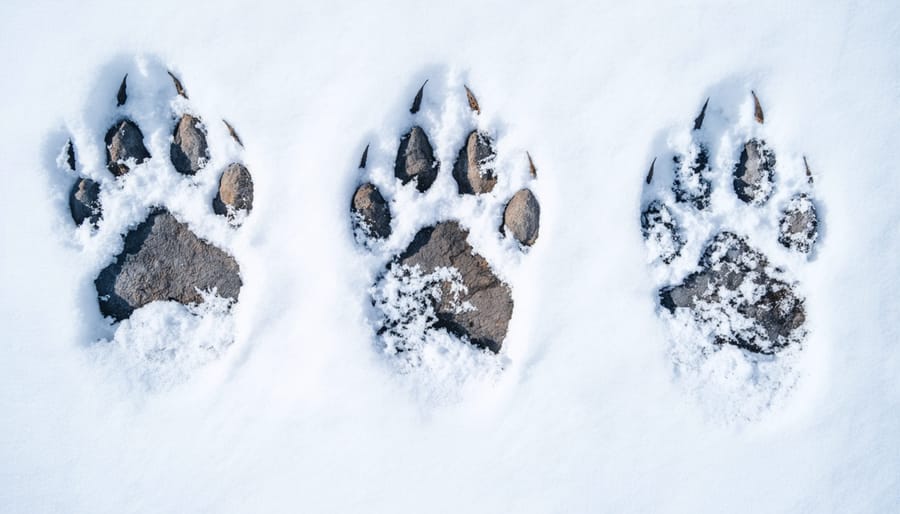
Deer and Moose
Deer and moose tracks are among the most commonly spotted signs of wildlife in Ontario’s forests and wetlands. White-tailed deer leave distinctive heart-shaped hoofprints about 2-3 inches long, while moose tracks are notably larger, measuring 5-7 inches in length. Both species create similar patterns when walking, with their back hooves often stepping into the prints left by their front feet.
In winter, you’ll notice deer tend to create narrow paths called “runways” through the snow, often connecting feeding areas to bedding spots. Moose, with their longer legs, leave deeper, more widely spaced tracks and frequently break through deep snow, creating “post holes” as they move through their territory.
Look for other signs too: browse marks on trees (ragged edges indicate deer feeding, while clean, angled cuts suggest moose), bark rubbing from antlers, and droppings (deer leave small pellets in piles, while moose droppings are larger and often scattered). During spring, you might spot tracks near mineral licks, where these animals gather to supplement their diet with essential nutrients.
Pro tip: The best time to spot fresh tracks is early morning, especially after a light rain or snow.
Canines (Wolf, Coyote, Fox)
Wild canines leave some of the most fascinating tracks in Ontario’s wilderness, and with a bit of practice, you can learn to tell them apart. Wolf tracks are the largest, typically measuring 3.5-4 inches in length, with a distinctive oval shape and clear claw marks. The track pattern shows a straight, purposeful line – wolves don’t waste energy wandering.
Coyote prints are notably smaller, usually 2-3 inches long, but share that characteristic oval shape. Look for a more compact track with less splayed toes compared to wolves. Coyotes often weave as they travel, leaving a meandering trail that reflects their opportunistic hunting style.
Fox tracks are the smallest of our wild canines, measuring about 2 inches or less. Their prints show a more delicate appearance with a distinctive X-pattern in the negative space between the pad and toes. Unlike their larger cousins, foxes often place their back feet directly in the prints of their front feet, creating a nearly single line of tracks – a behavior called “direct register.”
Pro tip: Measure the stride length between tracks. Wolves take longer strides than coyotes, while foxes show the shortest spacing between prints.
Small Mammals
Ontario’s woodlands and fields are home to an abundance of small mammals whose delicate tracks tell fascinating stories. Rabbit tracks are easily recognizable by their distinctive hopping pattern – two larger back feet ahead of two smaller front prints, forming a rough Y-shape. Squirrel tracks show a similar pattern but are notably smaller, with front paws about 1 inch long and back paws around 1.5 inches.
Look for chipmunk and mouse tracks near fallen logs and stone walls – these tiny prints often appear as delicate dots in the snow or mud, usually in a zigzag pattern. Voles leave behind small, round prints with tail drag marks between them. A helpful tip: carry a small ruler in your backpack to measure prints, as size is often the key difference between similar species.
These smaller creatures tend to be most active at dawn and dusk, making these the perfect times to spot fresh tracks. In winter, watch for their trails connecting feeding areas to den sites.
Beyond Footprints: Other Animal Signs
Feeding Signs
One of the most fascinating ways to detect animal presence is through their feeding signs. In Ontario’s forests, you’ll often spot stripped bark on trees where hungry porcupines or beavers have been dining. Look for clean-cut marks at 45-degree angles – that’s a telltale beaver signature, while porcupines leave rougher, more irregular patches.
Keep an eye out for scattered pine cone “cores” on fallen logs or stumps. These are squirrel feeding stations, where they methodically strip the scales to get at the seeds. In winter, you might notice rabbit and hare browse marks on small twigs and bushes – clean diagonal cuts about pencil-width in size.
Along forest edges and meadows, look for torn-up soil where raccoons and skunks have been digging for grubs and insects. Deer leave behind distinctly ragged breaks on browsed twigs, unlike the clean cuts of rabbits. You might also spot torn-apart logs – a sign that bears have been searching for insects or shredded stumps where they’ve harvested carpenter ants.
Pro tip: The best time to spot feeding signs is early morning or late afternoon when the angled sunlight makes these marks more visible. Remember to bring a small flashlight to examine darker areas under logs and in tree cavities where animals might have left feeding evidence.
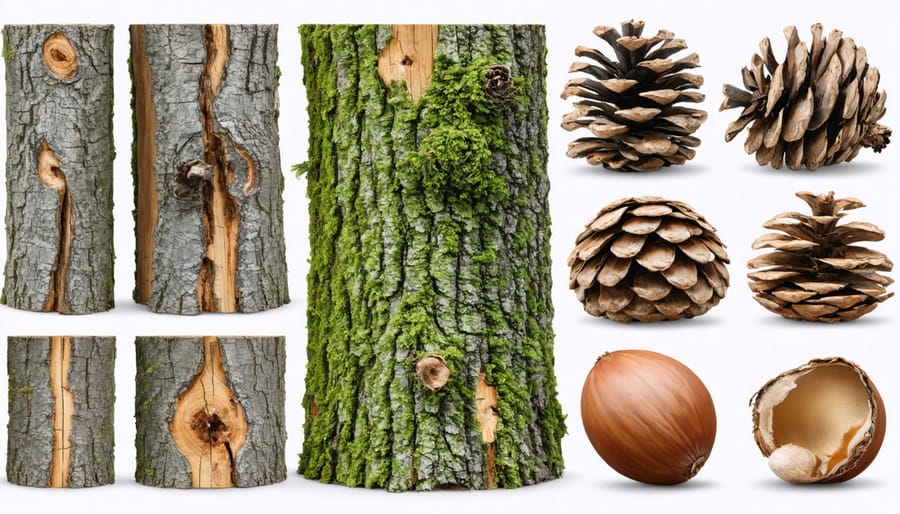
Territorial Markings
Just like we humans leave notes on social media, mammals have their own way of saying “I was here!” through territorial markings. In Ontario’s wilderness, you’ll encounter three main types of these natural status updates: scrapes, rubs, and scent marks.
Scrapes are patches of disturbed ground where animals have used their hooves or paws to clear away vegetation and expose the soil beneath. White-tailed deer bucks are especially known for this behavior during mating season, creating distinctive scrapes that they mark with scent from their facial glands.
Tree rubs are another common sight in our forests. Male moose and deer will rub their antlers against tree trunks, leaving behind stripped bark and often dark stains from their facial oils. These marks usually appear at shoulder height and can tell you not only what species made them but also give you a good idea of their size!
Scent marking is perhaps the most common territorial sign. From bears rubbing against trees to foxes leaving their distinctive musky scent on logs, these olfactory messages create an invisible network of communication in the wild. Look for tufts of fur or worn spots on trees at trail intersections – these are popular messaging spots for our furry neighbors!
Dens and Bedding Areas
Discovering where mammals rest and make their homes can be just as exciting as finding their tracks! In Ontario’s wilderness, animals create distinctive bedding areas and dens that tell fascinating stories about their daily lives.
Look for flattened grass or pressed-down vegetation in circular patterns – these are common bedding spots for deer and other ungulates. In forested areas, you might spot scratched-up leaves and pine needles where animals have created cozy nesting spots.
Den sites are often found near the bases of large trees, in rock crevices, or dug into hillsides. Watch for worn entrances, scattered fur, and claw marks around openings. Fox dens typically have multiple entrances and are surrounded by food scraps, while raccoons prefer hollow trees with obvious climbing marks on the bark.
Pro tip: While it’s thrilling to find these spots, remember to keep your distance – these are animal homes, after all! The best time to spot bedding areas is early morning when animals have recently moved on. Bring binoculars for a closer look without disturbing these important rest areas.
Best Places for Track Spotting in Ontario
Ontario offers countless opportunities for tracking wildlife, and we’ve gathered some of the best spots where you can put your animal tracking skills to the test. These locations are particularly excellent during winter months when fresh snow creates perfect conditions for spotting tracks.
Algonquin Provincial Park stands out as a premier destination, especially along the Beaver Pond Trail and Track and Tower Trail. These paths are known for their diverse wildlife activity, and understanding local wildlife migration patterns can help you time your visit perfectly.
The Kortright Centre for Conservation, just north of Toronto, offers well-maintained trails and educational programs perfect for beginners. Their morning hours are particularly rewarding, as many animals leave fresh tracks overnight.
For those near Ottawa, Mer Bleue Bog’s boardwalk and surrounding trails provide excellent opportunities to spot tracks from smaller mammals like rabbits, foxes, and various rodents. The unique bog environment attracts diverse wildlife year-round.
Bruce Peninsula National Park’s inland trails, particularly around Cyprus Lake, are fantastic for finding deer, black bear, and coyote tracks. Pro tip: visit during shoulder season (spring or fall) when there are fewer tourists but plenty of animal activity.
Local’s Secret: The Happy Valley Forest in King Township is a hidden gem for track spotting. Its lesser-known status means quieter trails and more undisturbed animal signs. Visit early morning after a light snowfall for the best tracking conditions.
Remember to bring a camera to document your findings, and always maintain a respectful distance from any active wildlife areas. Many of these locations offer guided tracking programs during winter months, which can be an excellent way to build your identification skills while exploring new areas.
Essential Tracking Tips for Beginners
When and Where to Look
The best time to spot animal tracks is early morning or after fresh snowfall when prints are crisp and undisturbed. Muddy areas near water sources, sandy beaches, and soft soil along forest trails are prime locations for finding clear tracks. In winter, fresh snow provides an excellent canvas for track identification, while spring’s wet conditions create perfect mud impressions.
Look for tracks around natural wildlife corridors like stream banks, game trails, and the edges of forests and fields. Animals often travel these paths when moving between feeding and resting areas. Dawn and dusk are particularly active times, making these ideal for night wildlife watching and tracking.
For the best tracking experience, visit after light rain when the ground is soft but not waterlogged. Provincial parks and conservation areas offer well-maintained trails where you’re likely to spot tracks from deer, foxes, raccoons, and other local wildlife. Remember to bring a camera or tracking journal, and always maintain a respectful distance from any active animal signs you discover.

Tools and Equipment
Before heading out on your tracking adventure, make sure you’re properly equipped! A basic tracking kit should include a small notebook and pencil for sketching tracks and taking notes, along with a ruler or measuring tape for sizing. A good camera with macro capabilities is invaluable for documenting your findings.
For serious trackers, I always recommend carrying a tracking field guide and a small magnifying glass to examine subtle details. Clear track identification cards can be incredibly helpful for quick reference in the field. Don’t forget to pack a small spray bottle with water – sometimes tracks need a gentle spritz to enhance their visibility.
For winter tracking, snowshoes might be necessary, and a walking stick can help with balance and gentle track investigation. Consider bringing clear plastic sheets and a permanent marker for tracing particularly interesting tracks. Remember to pack these items in a waterproof bag, along with other essentials like water and snacks. Having the right tools will make your tracking experience much more rewarding and successful!
Tracking Ethics
When tracking wildlife, it’s crucial to practice responsible observation that respects both the animals and their habitat. Always maintain a safe distance and avoid disturbing animals, especially during sensitive times like breeding seasons or winter months. For your own wildlife observation safety, never approach or follow aggressive or distressed animals.
Stay on designated trails when possible to minimize habitat disruption, and avoid tracking in sensitive ecological areas. If you’re photographing tracks, use a ruler or common object for scale rather than disturbing the impression. Consider joining a guided tracking program to learn proper techniques while supporting local conservation efforts.
Remember to pack out what you pack in, and never leave food or garbage that might attract animals. Share your findings with local naturalist groups or wildlife organizations – your observations can contribute valuable data about Ontario’s wildlife populations and movement patterns.
As you’ve learned about the fascinating world of animal tracks and sign, you’re now equipped with the knowledge to begin your own tracking adventures in Ontario’s wilderness. Remember, every outing is an opportunity to uncover nature’s stories written in the soil, snow, or sand. Whether you’re exploring a local conservation area or venturing into remote provincial parks, tracking offers a deeper connection to the natural world around us.
Start small by visiting familiar trails during early morning hours when tracks are freshest. Keep a journal of your discoveries, take photographs, and gradually build your confidence in identifying different species. Don’t be discouraged if you make mistakes – even experienced trackers continue to learn with each new set of prints they encounter.
The rewards of tracking extend far beyond simply identifying footprints. You’ll develop a keener eye for detail, a better understanding of animal behavior, and a greater appreciation for Ontario’s diverse wildlife. Many trackers report feeling a profound sense of connection to the landscape and its inhabitants, transforming ordinary hikes into exciting wildlife detective stories.
So grab your field guide, pack your camera, and head outdoors. The wilderness is waiting to share its secrets with you, one track at a time. Who knows? Your next walk might reveal the passage of a mysterious midnight visitor or tell the tale of a predator in pursuit of prey. The adventure begins when you take that first step into the wild.

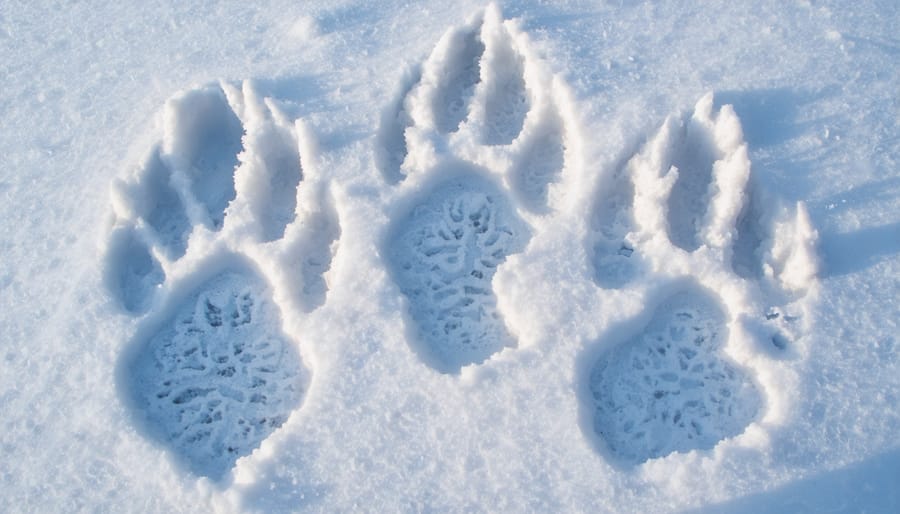
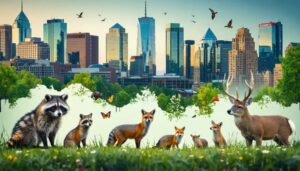


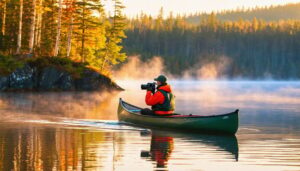

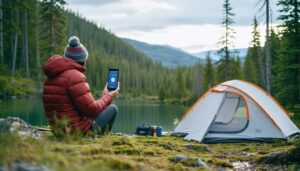
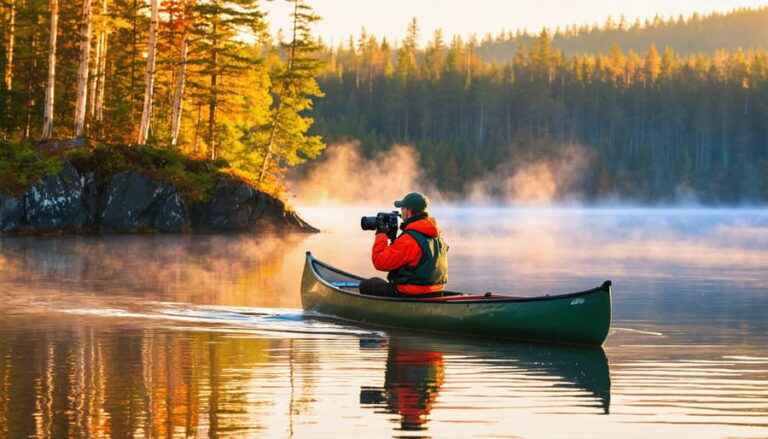

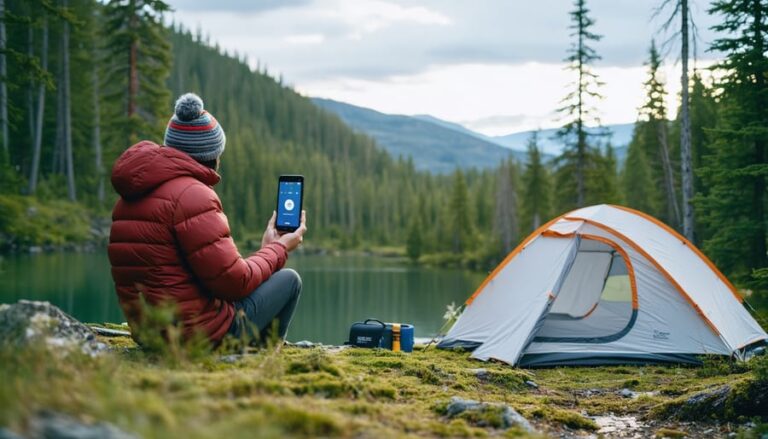
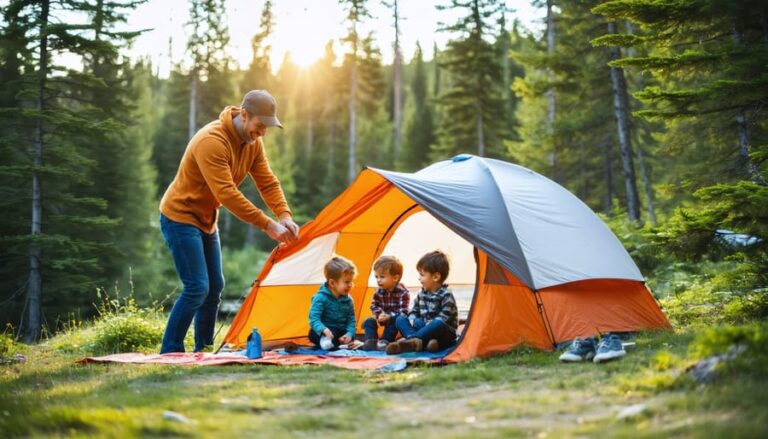
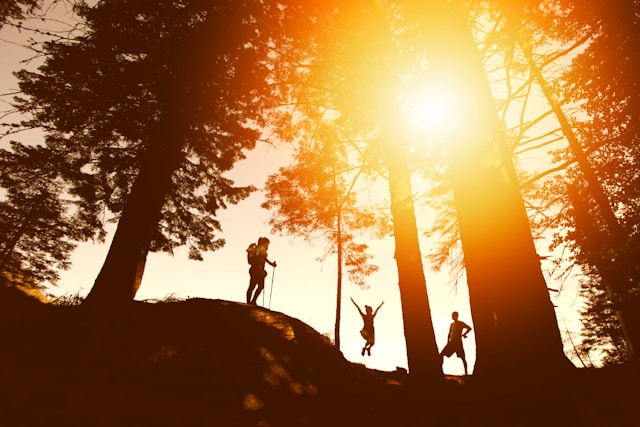
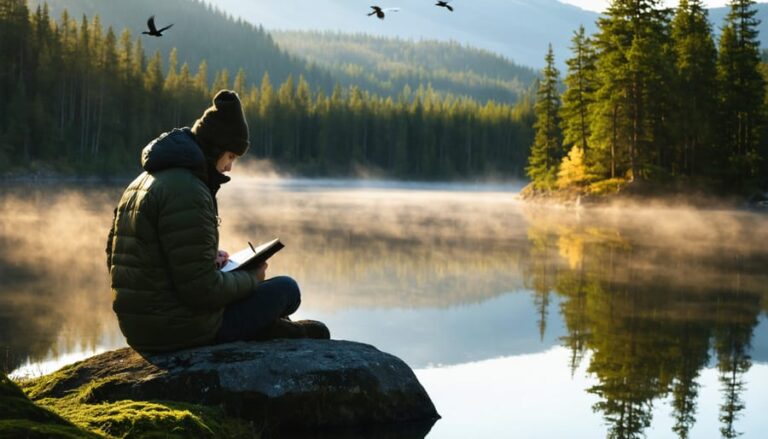
+ There are no comments
Add yours